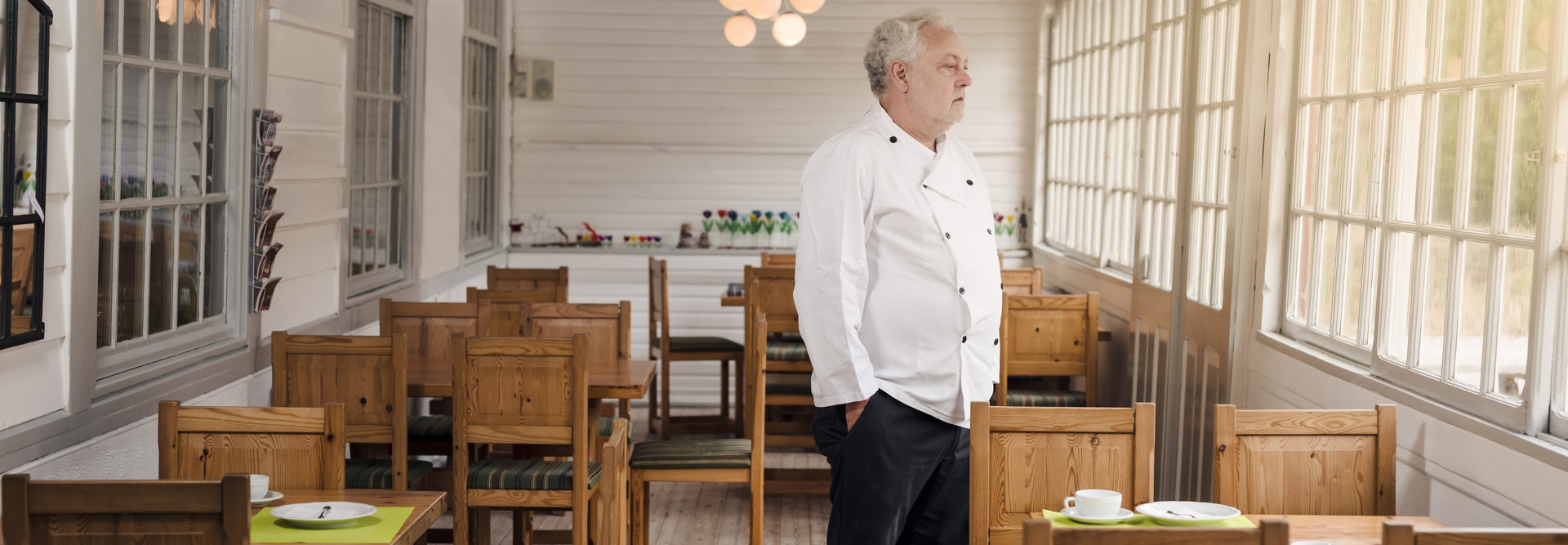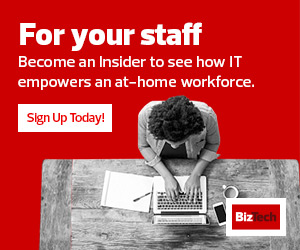Banks Digital Experiences Must Include a Human Touch
The creation of digital experiences was what made it possible for banks to process millions of transactions in such a short period. But Gibson said that Fifth Third committed to providing both a digital and a human experience.
“We had to create a framework, and we had a mission to not leave any customers behind,” he said. “We did that by making sure that all of our customers had a banker experience, that everyone — big or small — actually had a conversation with a banker.”
In fact, that concept of marrying the personal with the technological is what informs much of the digital banking strategy at both institutions. “We think of it as high-tech and high-touch coming together,” Miller said.
Vivian Merker, a partner with business consultant Oliver Wyman, noted that her firm’s research found that, pre-pandemic, small businesses had mixed views of digital banking, splitting down the middle on whether it was preferable to open new products online or in person. While the business closures this year have forced many businesses to go virtual, Gibson said many still prefer a personal approach — and the most effective digital solutions are hybrids.
“One challenge we have is that some customers still view a digital relationship as not a ‘real’ relationship,” he said. “We know that’s not necessarily true. The key, for us as an industry, is to make sure that when we’re creating digital products, we do a couple of things: one, that it’s not just the online opening of a product. There also has to be advice that they can get digitally and proactive solutions that we can send to those customers. And most important is to combine the digital with a human experience — to augment the digital experience with human interaction.”
The depth of banks’ relationships with their customers will matter greatly in coming weeks, as small businesses undergo the second half of the Paycheck Protection Program: the loan forgiveness portion, which requires businesses to demonstrate that they did indeed meet the program’s requirements to retain workers who would otherwise have been laid off due to the pandemic. Those that fail to demonstrate that sufficiently will have to pay the money back, perhaps devasting some of them.
“We’re continuing to monitor it,” Miller said. “Will there be additional stimulus coming out? And of course, we’re working with our clients to get through the loan forgiveness portion of the PPP. That’s where we are in the cycle.”
Follow us on Twitter @BizTechMagazine and the official conference Twitter hashtag, #MoneyFest. And keep this page bookmarked for all the coverage from the BizTech team.











